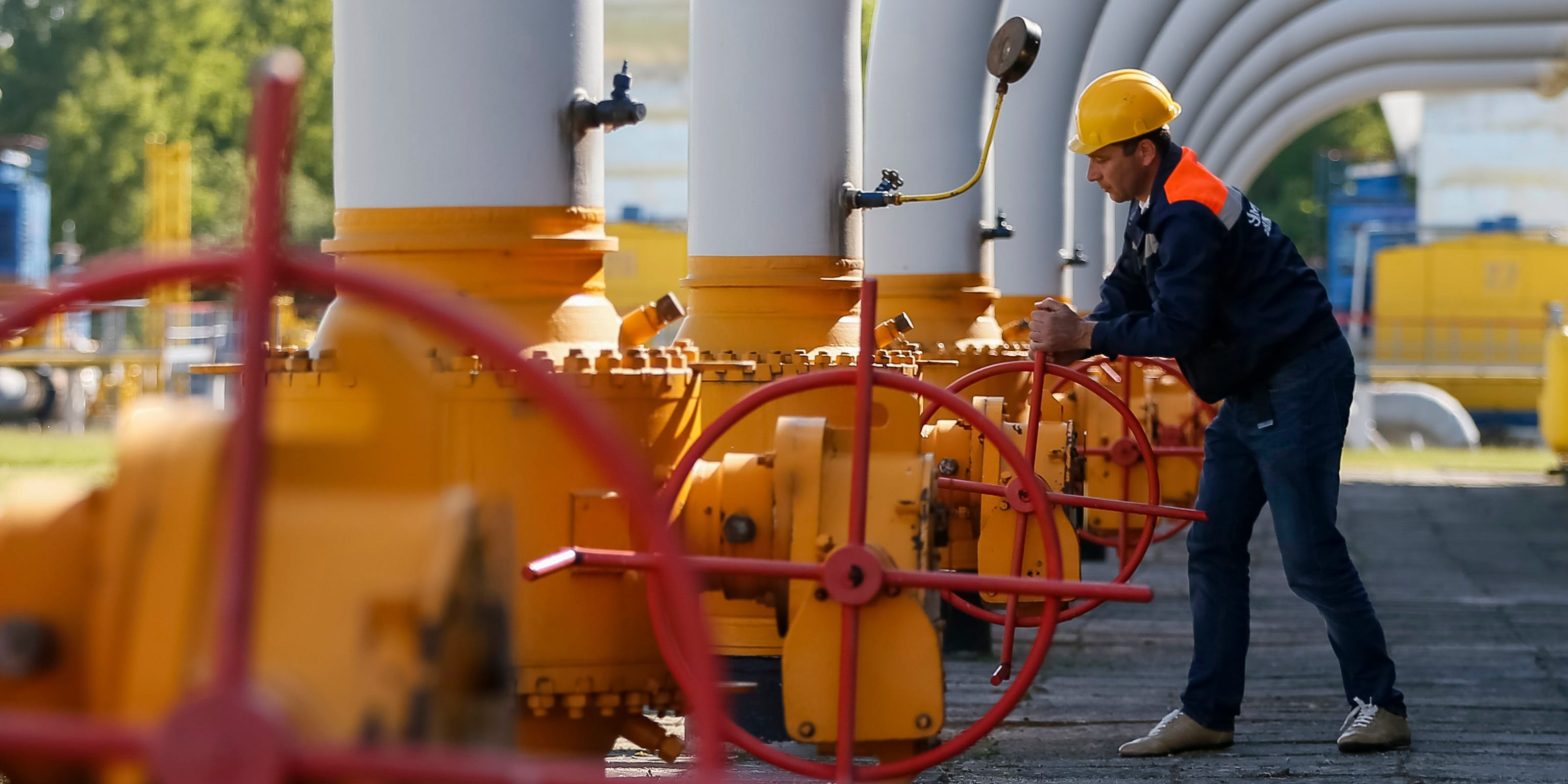Natural gas prices have plunged 50% in less than a month as an unusually warm winter hits both the US and Europe. Chesapeake Energy CEO Nick Dell’Osso wants to avoid a repeat of the 2014 shale bust by limiting supply growth. “We do think the industry should acknowledge that and may reduce growth in the near term,” Dell’Osso said. Loading Something is loading.
Thanks for signing up!
Access your favorite topics in a personalized feed while you’re on the go.
Natural gas prices have plunged over the past month as an unusually warm winter hits both the US and Europe, denting demand for the heating source.
That has one energy CEO ringing the alarm bell, advocating measures for the natural gas industry to take to avoid the same fate of oil companies during the years-long shale bust that started in late 2014.
The decline in natural gas prices has been swift, with the commodity dropping 51% in just under a month.
US natural gas prices fell from just under $7.00 per million British thermal units in mid-December, to $3.22 today. The decline is even worse from a mid-August peak, with prices down 68% from $10.03 per million British thermal units. Benchmark European natural gas futures also fell 50% over the past month.
Natural gas prices soared in 2022 as Europe raced to fill up its reserves ahead of winter as Russia reduced its supplies amid growing tensions over Moscow’s war on Ukraine. But with homeowners using less gas so far this season, demand is down and supply is up, creating a potent catalyst in moving prices lower.
To stem a further decline, Chesapeake Energy CEO Nick Dell’Osso is urging his industry to scale back on its growth and reduce gas supplies to help balance out supply and demand.
He said natural gas prices are sending a “very clear signal” to the industry that production needs to fall. “Growth in gas supply is not needed in the short term. We do think the industry should acknowledge that and may reduce growth in the near term,” Dell’Osso said in an interview on Wednesday, according to Bloomberg.
Chesapeake could now be close to launching a stock buyback, Bank of America analyst Doug Leggate said said in a note, mimicking a tactic used after the shale bust.
The company sold some south Texas shale operations for $1.4 billion to Wildfire Energy this past week and will use proceeds to clean up its balance sheet. BofA thinks Chesapeake paying off debt will help set up bigger returns to shareholders.
If so, Dell’Osso is taking a page from the playbook that big oil used to slow production growth.
As fracking launched the US oil shale boom in the mid 2000s, more and more energy companies raced to buy up shale assets and pump as much oil as possible. But after OPEC in 2014 refused to trim its own output to offset soaring shale growth, the flood of new supply caused oil prices to enter a six-year bear market that hurt corporate profits.
Now, big oil is focused less on supply growth and more on profit growth — and rather than reinvest the bulk of its profits into producing more oil, it’s paying record dividends to shareholders and launching share buybacks.
A dip in supply would help Chesapeake and the rest of its industry better navigate the recent slump in natural gas prices. And to do that, their priorities need to shift away from production growth and towards profits. A cold spell would help too.
